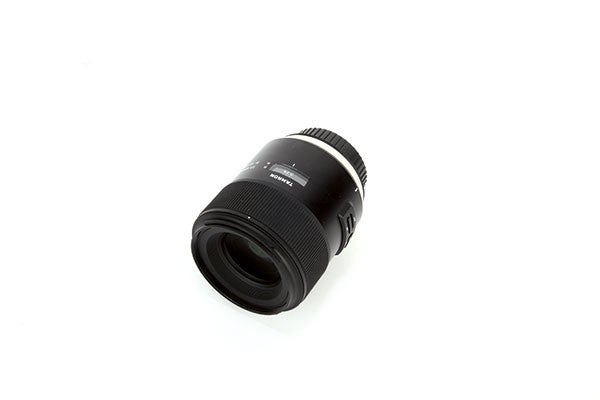A new era begins for Tamron as the company famous for its zooms moves into the premium fixed-focal-length lens market. Damien Demolder tests the first, a 45mm fast standard.
Tamron SP 45mm f/1.8 Di VC USD review
So why do we use 50mm as a standard? Well, it doesn’t really matter, but the maths does explain why Tamron is touting this unusual focal length as a standard for full-frame users. The company isn’t the first, either, as Pentax offers a rather nice 43mm f/1.9, and has done for some time. What makes the Tamron example special, in my eyes at least, is that it’s a bit faster than the Pentax and, more importantly, it’s a fixed-focal-length lens from a company that has been obsessed with producing zooms for as long as I can remember.

So often a shot like this would be ruined by chromatic aberrations. Not so here, fortunately
In my youth the Tamron 90mm macro was legendary and it has remained a firm favourite ever since in all its modern incarnations. But the company seemed not to be interested in considering other focal lengths for fixed lenses, preferring to build more and more zooms for the mass market. The change came with the new f/2.8 zooms – the 24-70mm first, followed by the 70-200mm and 15-30mm. These lenses – priced highly and performing accordingly – marked a step change in quality for the company with new designs, new stabilisation and new drive motors, as well as the intention of reaching a new market. I’ve badgered Tamron myself about fixed focal lengths, as Sigma has gone from strength to strength with its premium optics, and finally it seems the plunge has been taken.
Now two new fixed focal lengths have emerged, the Tamron SP 45mm f/1.8 Di VC USD and the 35mm f/1.8 Di VC USD, both of which feature vibration control, an Ultra Silent Drive motor and unusually close minimum focusing distances.
Tamron SP 45mm f/1.8 Di VC USD review – Features
The Tamron SP 45mm f/1.8 Di VC USD uses ten elements in eight groups in its construction, including one low-dispersion element and two moulded-glass aspherics. These are designed to reduce chromatic aberrations and to ensure square objects arrive looking square at the sensor. When used on a full-frame camera we benefit from a 51˚ angle of view, while APS-C sensor cameras will get just 34˚ of the coverage, which will deliver a similar impression to that of a 68mm lens on a full-frame system. With an f/1.8 maximum aperture Tamron can boast that its lens is slightly faster than Pentax’s 43mm lens, but it’s only just as fast as the average 50mm standard lens, and not as fast as the premium f/1.4 and f/1.2 models that already exist.

Very nice drawing makes the lens good for architecture too
Special features that make this lens more remarkable include its nine-bladed iris, which should help to maintain a rounded entrance hole as the aperture is closed down, and a closest focusing distance of 29cm. Canon and Nikon standard lenses use either seven or eight blades in their apertures, and tend to have closest focus distances of 35-45cm. While more aperture blades in an iris is no guarantee of more attractive highlights, I’ve found it is a significant indicator and really helps when the lens is closed only a stop or two from the maximum setting – which is where the prominence of out-of-focus highlights will be strongest.
Traditionally, image-stabilisation systems have been reserved for longer focal lengths, with the requirement to maintain a steady image more obvious with that greater magnification. Tamron’s inclusion of its VC (vibration compensation) system in this short focal length is not to compensate so much for the magnification of the lens, as to allow handheld photography in lower-light conditions without the need to increase noise through higher ISO settings. And that is genuinely useful.
Tamron’s answer to Nikon’s Silent Wave Motor, Canon’s Ultra Sonic Motor and Sigma’s Hyper Sonic Motor is its Ultrasonic Silent Drive motor (USD). This, in common with other such systems, aims to shift the focusing elements of the lens quickly and silently so focus can be achieved as fast as possible.





